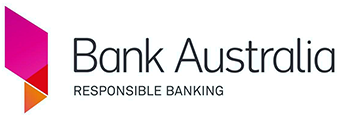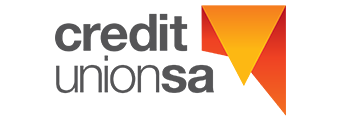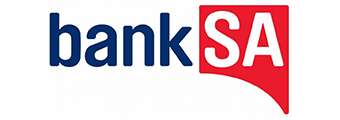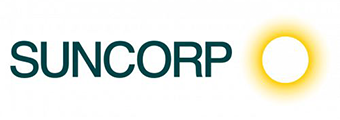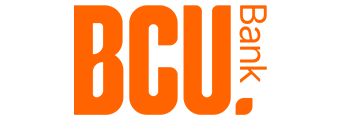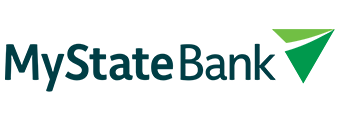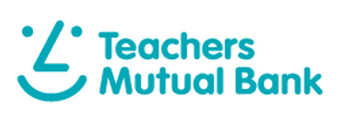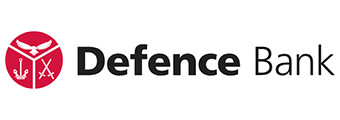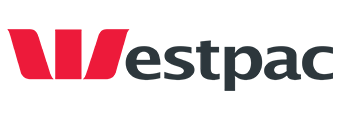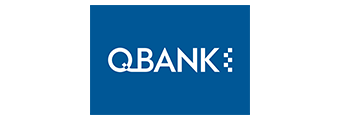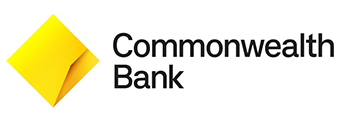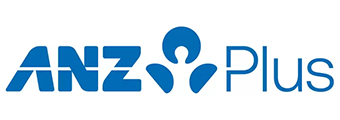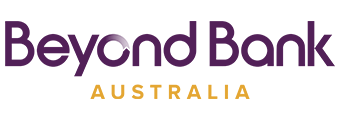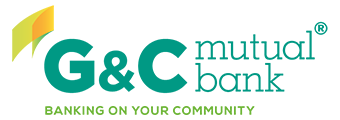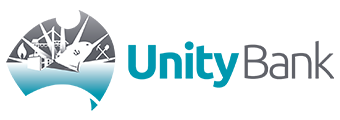Fact Checked
| Bank | Savings Account | Base Interest Rate | Max Interest Rate | Total Interest Earned | Introductory Term | Minimum Amount | Maximum Amount | Linked Account Required | Minimum Monthly Deposit | Minimum Opening Deposit | Account Keeping Fee | ATM Access | Joint Application | Tags | Row Tags | Features | Link | Compare | Promoted Product | Disclosure |
|---|---|---|---|---|---|---|---|---|---|---|---|---|---|---|---|---|---|---|---|---|
0.05% p.a. Bonus rate of 5.35% Rate varies on savings amount. | 5.40% p.a. | $546 | – | $0 | $99,999 | $1,000 | $0 | $0 |
| Promoted | Disclosure | |||||||||
0.00% p.a. Bonus rate of 5.10% Rate varies on savings amount. | 5.10% p.a. | $515 | – | $0 | $99,999 | $0 | $0 | $0 |
| Promoted | Disclosure | |||||||||
4.00% p.a. | 5.45% p.a. Intro rate for 4 months then 4.00% p.a. | $499 | 4 months | $0 | $249,999 | $0 | $1 | $0 |
| Promoted | Disclosure | |||||||||
4.45% p.a. | 5.15% p.a. Intro rate for 4 months then 4.45% p.a. | $494 | 4 months | $250,000 | $99,999,999 | $0 | $0 | – |
| Disclosure | ||||||||||
0.55% p.a. Bonus rate of 4.45% Rate varies on savings amount. | 5.00% p.a. | $505 | – | $0 | $99,999 | $2,000 | $0 | $0 | ||||||||||||
0.10% p.a. Bonus rate of 5.15% Rate varies on savings amount. | 5.25% p.a. | $531 | – | $0 | $499,999 | $200 | $1 | $0 | ||||||||||||
0.05% p.a. Bonus rate of 4.95% Rate varies on savings amount. | 5.00% p.a. | $505 | – | $0 | $499,999 | $1,000 | $$formattedMinOpeningDep.format("%,d",$!{product.minimumOpeningDeposit}) | $0 | ||||||||||||
0.10% p.a. Bonus rate of 4.75% Rate varies on savings amount. | 4.85% p.a. | $490 | – | $0 | $99,999 | $100 | $1 | $0 | ||||||||||||
1.00% p.a. Bonus rate of 4.10% Rate varies on savings amount. | 5.10% p.a. | $515 | – | $0 | $249,999 | $200 | $0 | $0 | ||||||||||||
0.01% p.a. Bonus rate of 4.99% Rate varies on savings amount. | 5.00% p.a. | $505 | – | $0 | $99,999 | $100 | $0 | $0 | ||||||||||||
0.10% p.a. Bonus rate of 4.75% Rate varies on savings amount. | 4.85% p.a. | $490 | – | $0 | $49,999 | $10 | $0 | $0 | ||||||||||||
4.55% p.a. | 4.55% p.a. | $459 | – | $0 | $99,999,999 | – | $0 | $0 |
Important Information and Comparison Rate Warning
Important Information and Comparison Rate Warning







